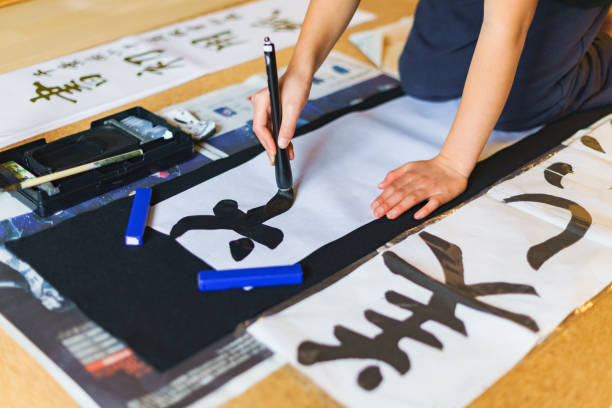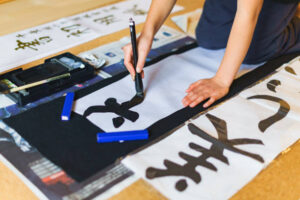Japan has three main writing systems, each with its own unique characteristics. Here is a brief introduction to each of them.
Hiragana
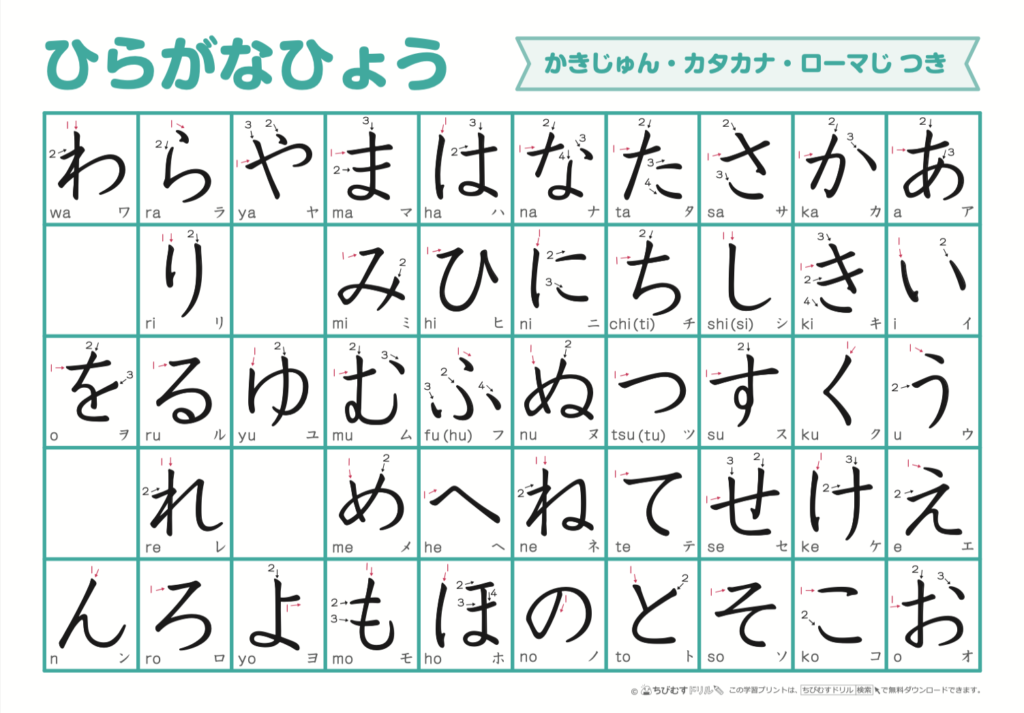
Hiragana is a basic script in the Japanese language, known for its curved and soft lines. It has the following characteristics:
Usage
It is primarily used for parts of Japanese words, particles, conjunctions, and verb endings.
Basic Sounds
There are 46 basic sounds (such as あいうえお, かきくけこ) with each character representing a syllable.
Example
For instance, “ありがとう” (thank you) is written in hiragana as “ありがとう”.
Katakana
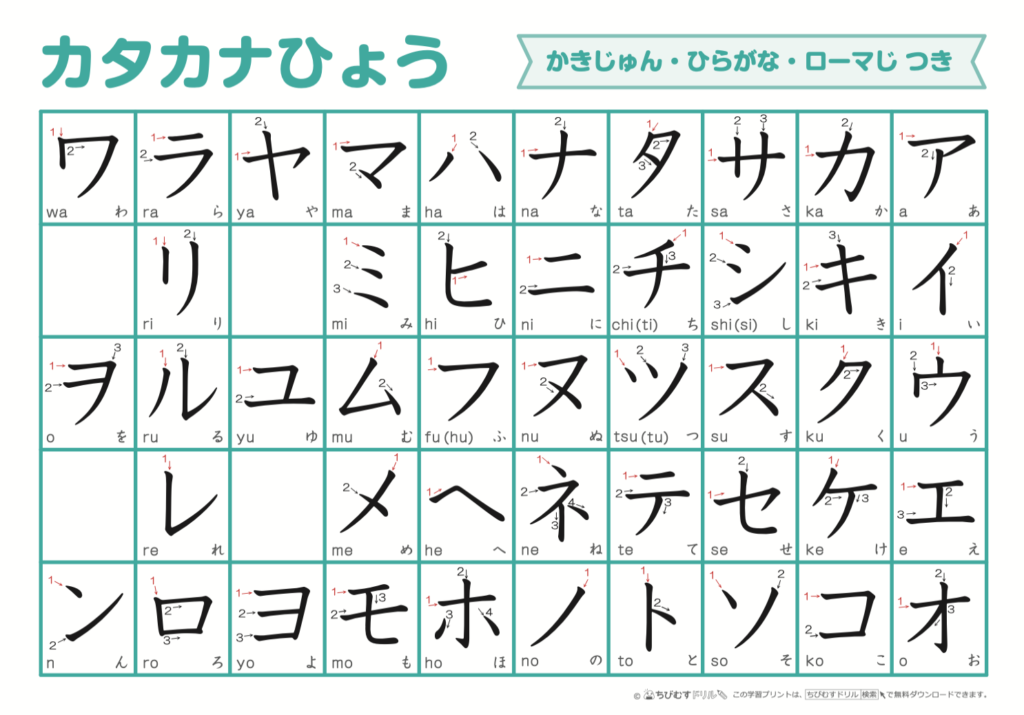
Katakana is a script with sharp and angular shapes, and it has these features:
Usage
It is used for foreign words, names of foreign origin, names of plants and animals, and for emphasis.
Foreign Words
It is used to express words borrowed from other languages and modern technical terms.
Example
For example, “coffee” is written in katakana as “コーヒー”. Similarly, “computer” and “America” are written as “コンピューター” and “アメリカ” respectively.
Kanji

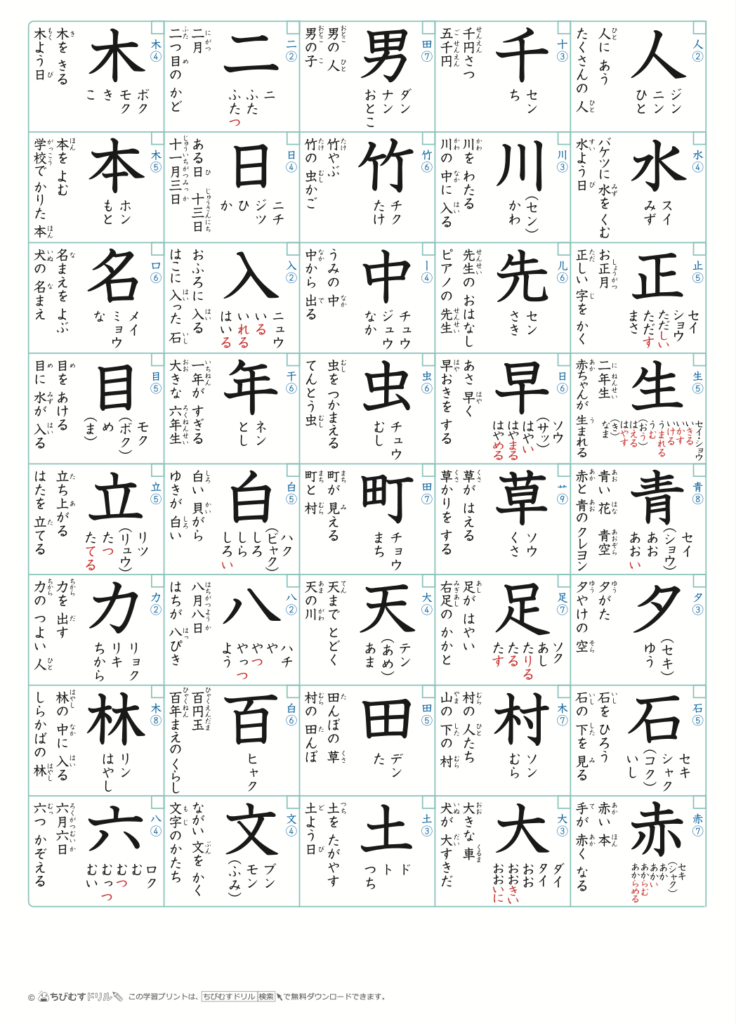
Kanji are characters that originated from China, each carrying its own meaning. They have the following characteristics:
Usage
Kanji are used in nouns, verbs, adjectives, and they convey the main meaning in a sentence.
Meaning and Reading
Kanji often have multiple readings and meanings depending on the context.
Example
For instance, “山” (mountain) is read as “yama” and means “mountain”. The kanji “食べる” (to eat) is read as “taberu” and means “to eat”.
Summary
The combination of these three writing systems allows for rich and complex expressions in Japanese. When you see these characters during your travels, take a moment to appreciate them!




